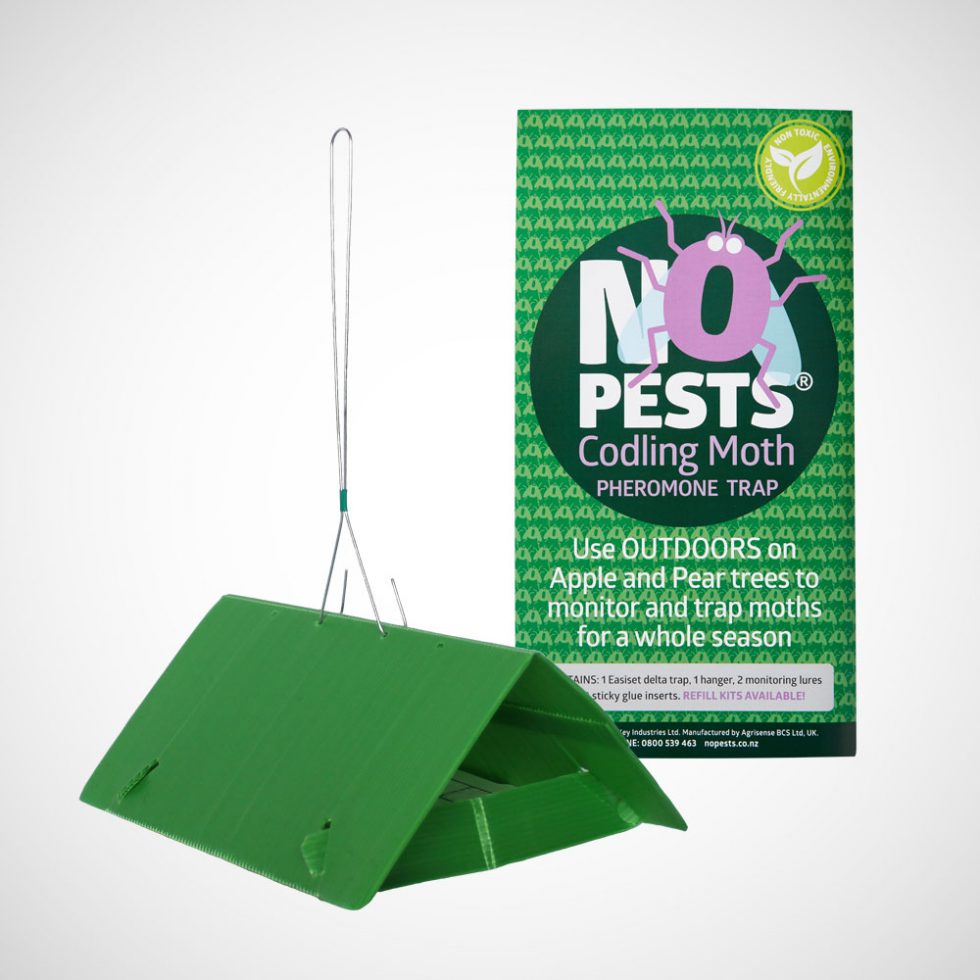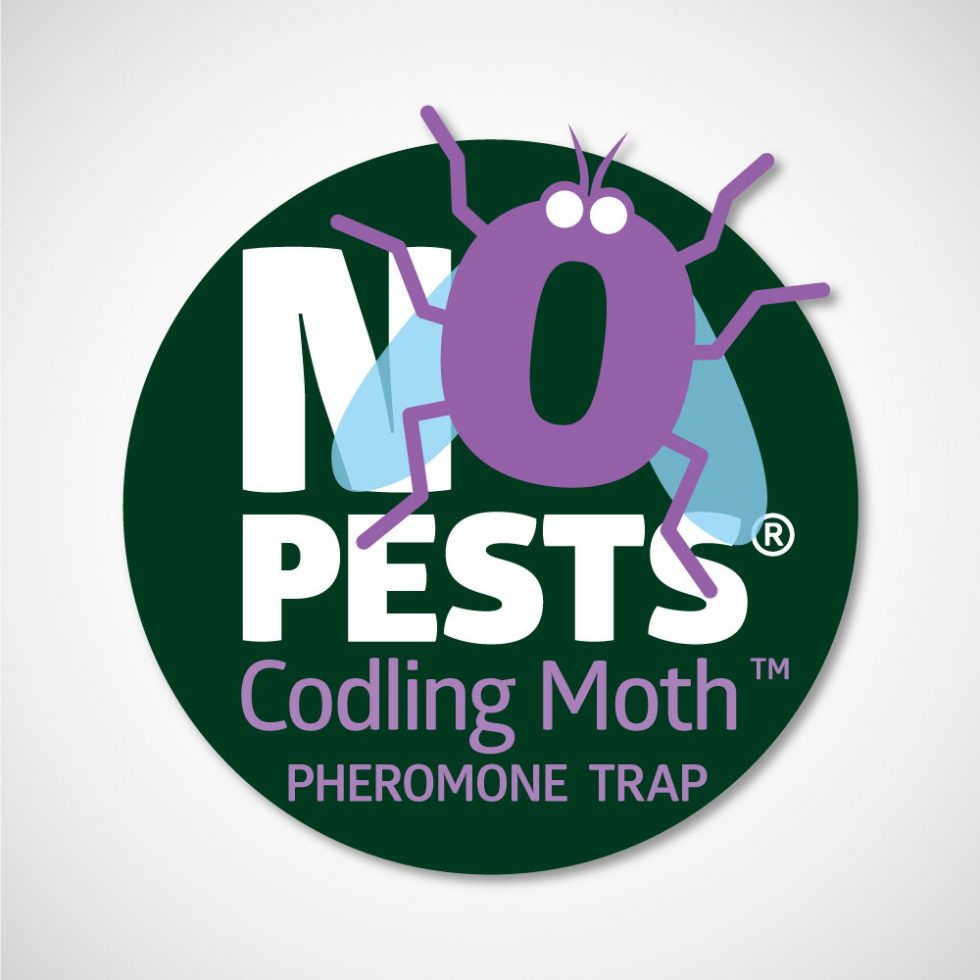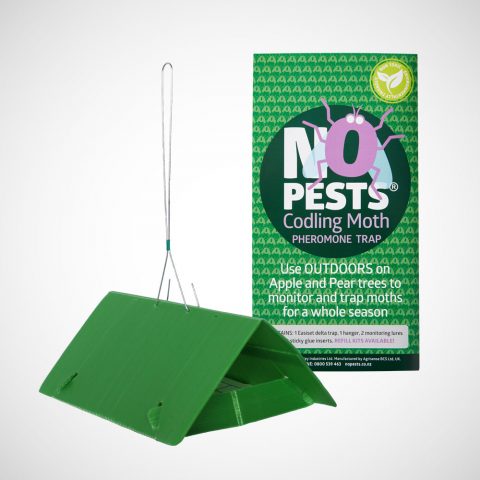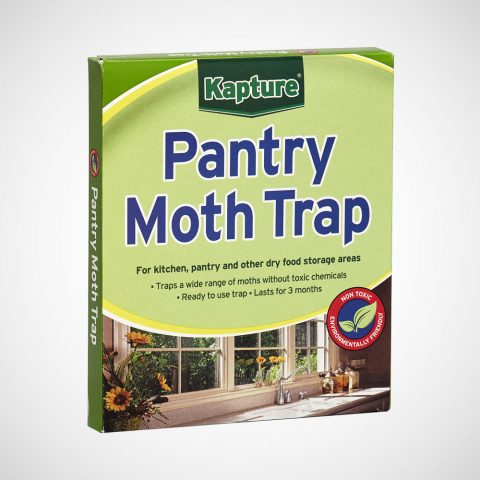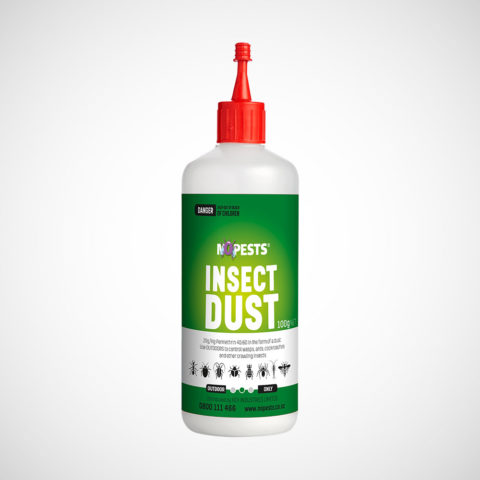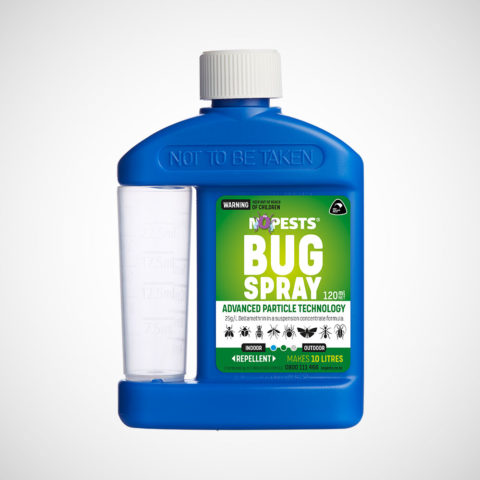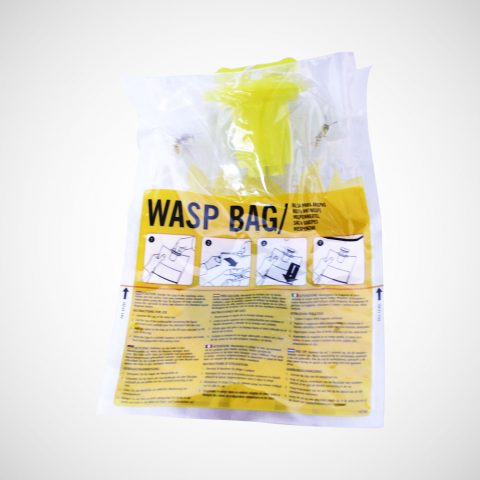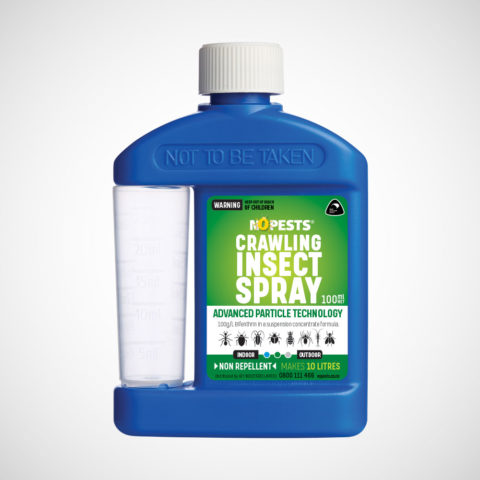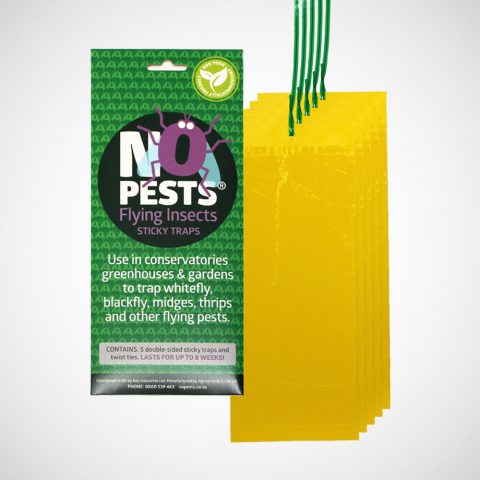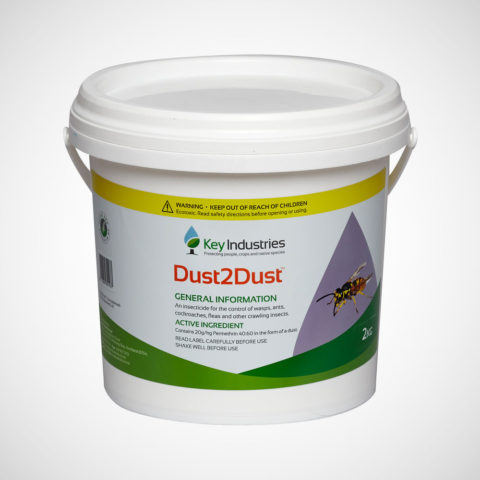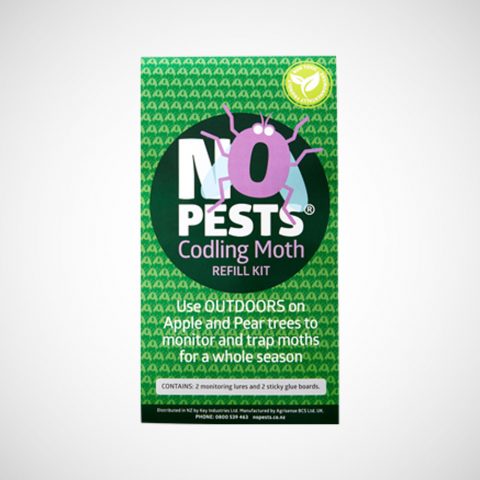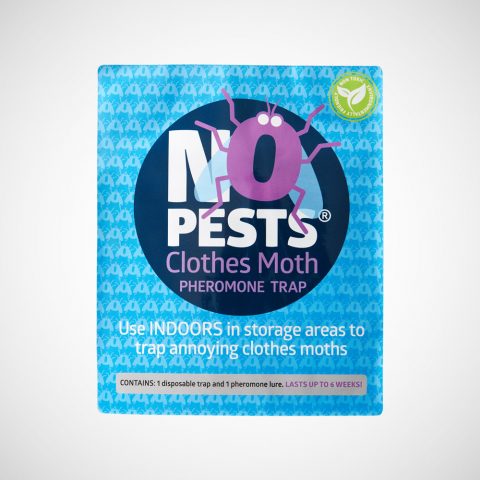Contains: 1 Easy set delta trap, 1 hanger, 2 monitoring lures and 2 sticky glue inserts.
REFILL KITS AVAILABLE!
Hang the triangular (delta) cross-section trap during September before the moths start flying using the first lure and sticky glue insert. The trap is designed to protect 3-5 trees in a 12 metre radius. The pheromone lure attracts and traps male moths disrupting breeding and reducing infestation. Use your second lure and sticky glue insert to complete the season. Traps are made of strong, rigid, corrugated plastic so they can be removed at harvest for use next season with a NoPests® Codling Moth Pheromone Refill Kit.
The codling moth is 8mm (5/16””) long, grey, with black lines and a distinctive copper patch on the wing tips. Maggot damage in apples and pears is mainly caused by caterpillars of the codling moth. Female moths lay eggs on leaves and fruits. The eggs hatch after 10–14 days and caterpillars bore into the fruitlets carving galleries inside.
Tip: We recommend placing the traps early-mid September. Male moths fly on warm nights when dusk temperatures reach 13°C. Moths start to mate when dusk temperatures reach 17 °C.
SKU: DIY-NPCMT


